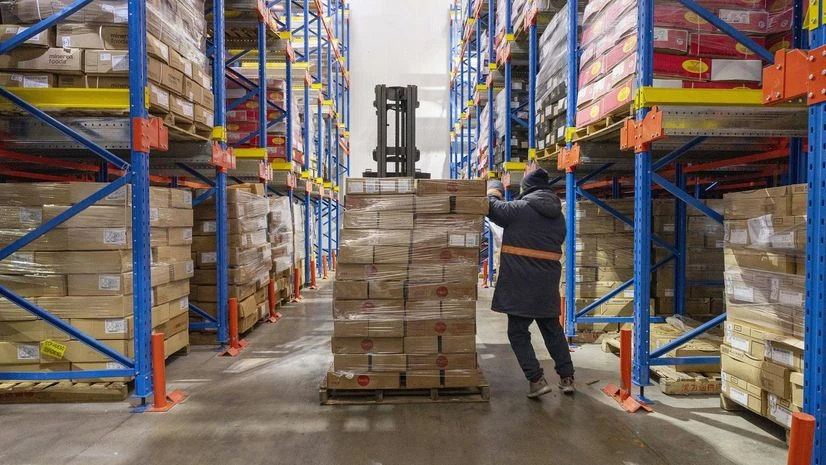The United States’ (US) crackdown on Chinese low-value e-commerce shipments has opened a “rare and potentially lucrative” window for Indian exporters of items such as handicrafts, fashion, and home goods, a Delhi-based think tank said on Sunday.
“With over 1 lakh e-commerce sellers and $5 billion in current exports, India is well positioned to fill the gap left by China—particularly in customised, small-batch products like handicrafts, fashion, and home goods,” according to a report released by the Global Trade Research Initiative (GTRI), adding that in order to achieve this, reforms will be critical.
On April 2, American President Donald Trump signed an executive order removing the ‘de minimis’ exemption for imports from China and Hong Kong. This rule had previously allowed small packages valued up to $800 to enter the US without any duty—benefiting Amazon and Chinese firms like Shein and Temu.
Trump further raised the tariffs on China, including on e-commerce goods. From May 2, all such shipments from China and Hong Kong will face a 120 per cent import duty, ending their duty-free entry. A per item duty will rise from $75 to $100 from May 2 to May 31. From June 1 onwards, the per item duty will go up further to $200. According to the report, other countries retain de minimis privileges. However, the window of opportunity could be small, as the US administration has hinted at expanding these restrictions in the future.
As far as reforms are concerned, the report said that India’s current trade system is still geared towards large, traditional exporters and not small online sellers. For these e-commerce players, red tape often outweighs support. Indian banks remain a major hurdle for exporters as they struggle to handle the high volume and small-value nature of e-commerce exports.
That apart, unlike large exporters, e-commerce sellers often lack access to affordable loans. While big players get 7–10 per cent interest loans and purchase-order based financing, small online sellers pay 12–15 per cent and are left out of public credit programmes. Including them under priority sector lending could help level the playing field, the report said.

)